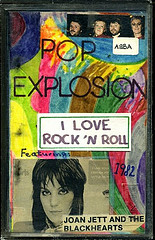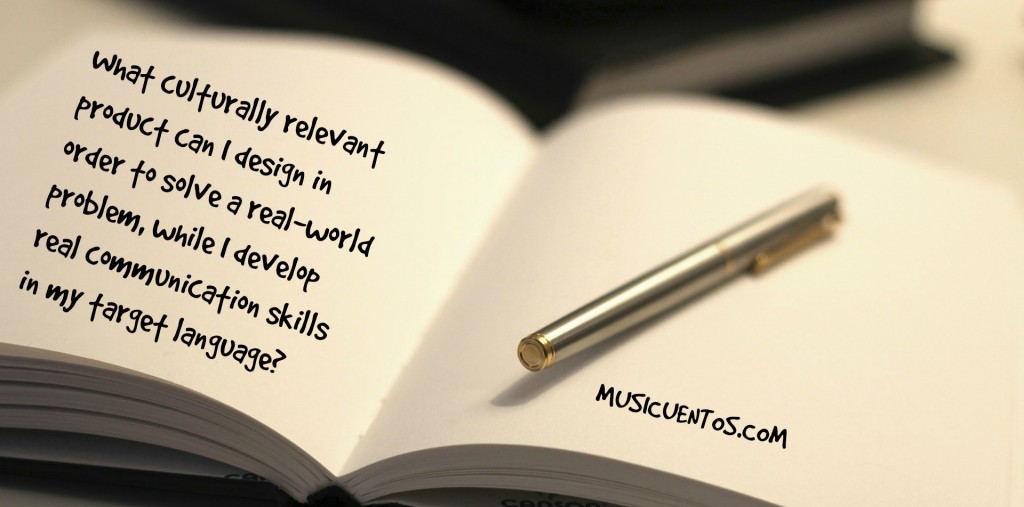
If you know me you know I love a good research book, particularly one that tells us in lay language what it’s going to take to help kids succeed in a world we can’t even imagine, one that’s vastly different from the one we grew up in. The other day, Zoe asked me,
Mami, what’s a cassette?
Ah, the pain in my soul. And I thought people who liked records were old.
The most eye-opening book I’ve read recently on this topic is Tony Wagner’s Creating Innovators. (If you haven’t read it, click and read my review. Then come back. You’ll thank me.)
Of course, as usually happens, since I read the book I’ve also come across articles (like this one on Edutopia) that are finally converting me to the inquiry-based approaches collectively referred to as project-based learning (or problem-based learning, or inquiry-based learning, or problem-based inquiry – you get the idea). The research is compelling: the 21st century will reward innovators, and innovators come from a background of “deep understanding derived from collaborative methods.”
One of the ways the book and article really got me thinking was to emphasize that this type of learning is best approached and referred to as design-based learning. So of course, I’ve been mulling over the big question ever since:
What does a design-based world language program look like?
According to the article, design-based learning asks students to “create products that require understanding and application of knowledge.” That’s really the only answer I have for you. Other than that, I can simply offer you the questions I’m asking myself, that I think would help me develop a design-based world language program. In no particular order, they are, from the student’s perspective:
- What is a problem related to this topic?
- What is a cultural product related to this topic?
- How do the relevant products, practices, and perspectives compare to my culture?
- What can I do to help solve a problem?
- Can I use what I’m learning to provide a service to the TL community?
- Can I design something while using the TL and that involves enough TL use to help me develop real communication skills?
And so, it seems to me, those of us interested in design-based learning in the world language classroom want to inspire our students to ask one overarching question:
How’s that for a curriculum development project for the summer? A group of like-minded teachers would love to help you work through this and other curriculum planning issues at this summers’ two Camp Musicuentos sites, Louisville, Kentucky and Warwick, Rhode Island. There’s still some very limited space left.
This is a tough question, especially for teachers in novice classrooms. If you want to know how this could really work, as I do, let me put you in touch with some friends of mine. Get a discussion going with Don Doehla or Laura Sexton, or ask the global mindset folks over at VIF International what they’re doing about it.
What are you doing to create innovators?
2 Comments
Comments are closed.





[…] shout #addthis and #bookmarkthis and THEN it leads me straight into an example of something I was just asking myself about, […]
[…] Design-based learning begins with a real-world problem that needs solving. […]